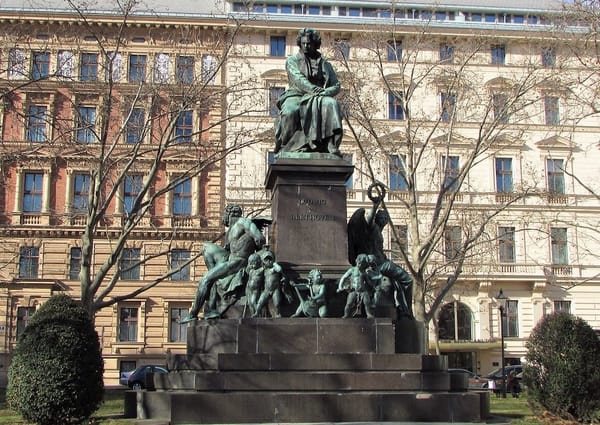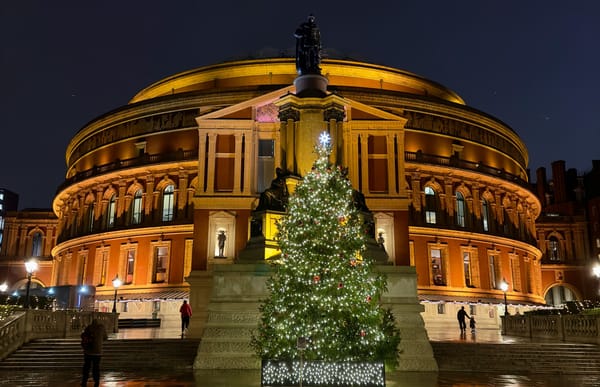Rediscovering Music: An Interview with Pianist and Composer Martin Graff
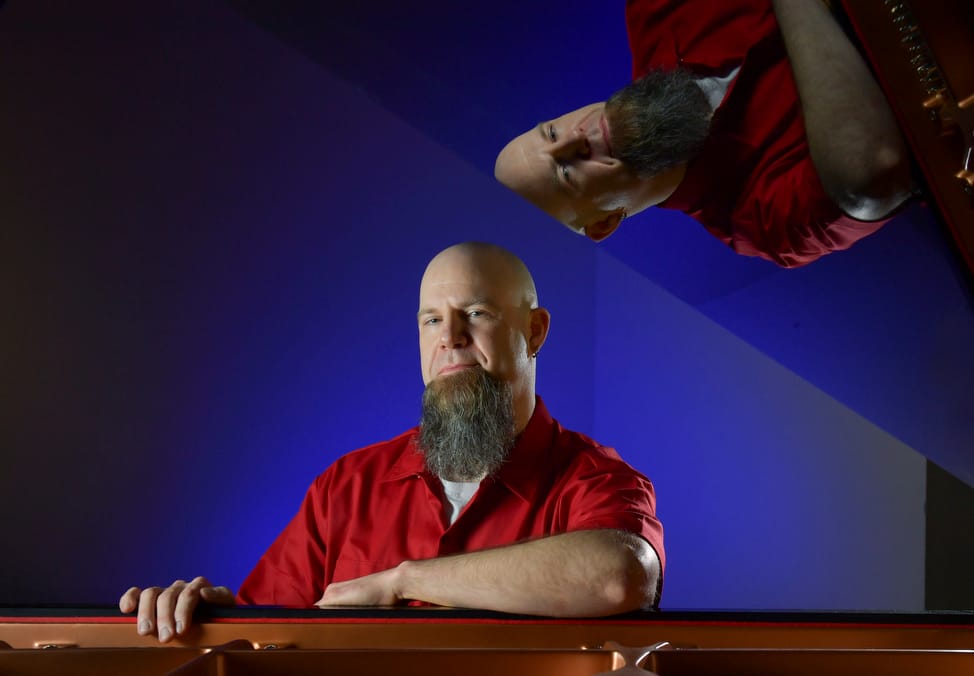
Martin Graff’s musical journey is a testament to the power of passion, resilience, and creativity. Starting as a self-taught pianist at the tender age of four, Martin’s unique approach to music set him on a path of discovery and innovation. After a seventeen-year hiatus, Martin returned to the piano, bringing with him a wealth of life experience and a renewed sense of purpose. In this interview, Martin shares his early experiences, the challenges and triumphs of his return to music, and the inspirations behind his multifaceted artistic endeavours.
Serenade Team: Martin, you started playing the piano at a very young age. Can you tell us more about your initial experiences with the piano and how your early approach to music shaped your development as a musician?
Martin Graff: I started playing piano at age four, but it was totally by ear. It would be another nine or ten years before I took lessons. I reproduced melodies and harmonies from my parents’ record collection, the radio, and TV, inventing my own pieces along the way.
Being self-taught had a deep impact on my musical development, giving me the space to develop my own sound. If I had started with reading scores and learning music theory right away, I might have missed the chance to create my own style. One hallmark of my music is its originality, making it hard to categorize.
However, playing by ear led to bad physical habits with incorrect fingering, and I couldn’t write down any of the music I was creating. My early compositions remained simple until I learned to notate my ideas and expand upon them.
When I finally started lessons, it was awkward at first. There was an uncomfortable period where my music literacy had to catch up with my physical ability. I could only read very simple scores, which felt like starting over. But soon, my reading ability caught up with my physical talent, allowing me to play more difficult and diverse styles of music and to add sophistication to my own compositions.
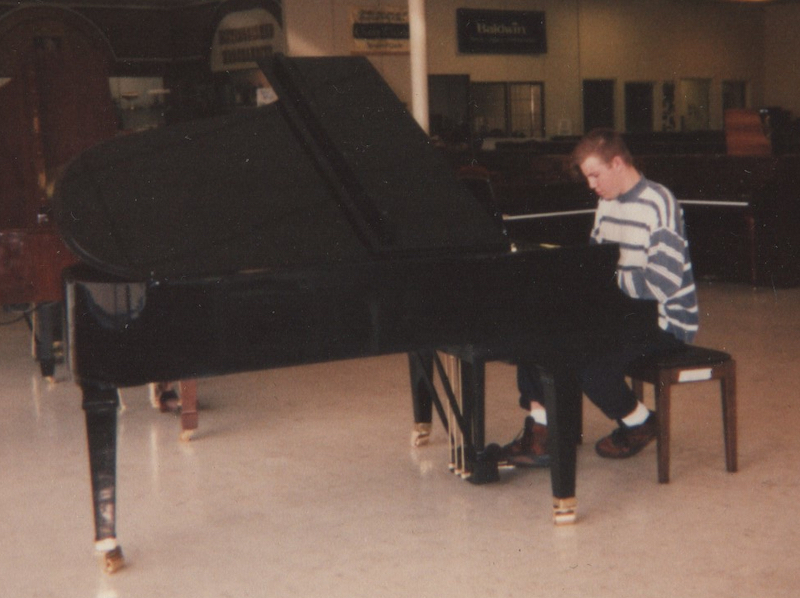
ST: You took a significant break from music for seventeen years. What led to this decision, and how did this hiatus affect your perspective on music and creativity when you finally returned?
MG: By the end of my bachelor’s degree in music at Penn State University, I was burned out on the musician’s lifestyle. I had become unhappy sitting in a practice room or music lab for hours on end and wanted a more balanced life. However, during my hiatus, I was still actively listening to new music in many styles, so my ear was still developing even while my hands took a break. The time away also led me to try other artistic media, namely illustration and spoken word.
Eventually, though, I felt a creative and spiritual hole that only the piano could fill. It was almost as though I was missing a limb, not having the piano in my life for that long. By the time I finally returned, I was a different person thanks to years of life experience and a focus on Zen mindfulness, so I was ready to embrace music again on healthier terms. I learned to enjoy the process of composition and performance practice in a way I hadn’t been able to in music school. I was delighted to find how easy it was to pick up from where I left off and, within a few years, I had enough material for the first Trips for Piano album (I’m working on a second).
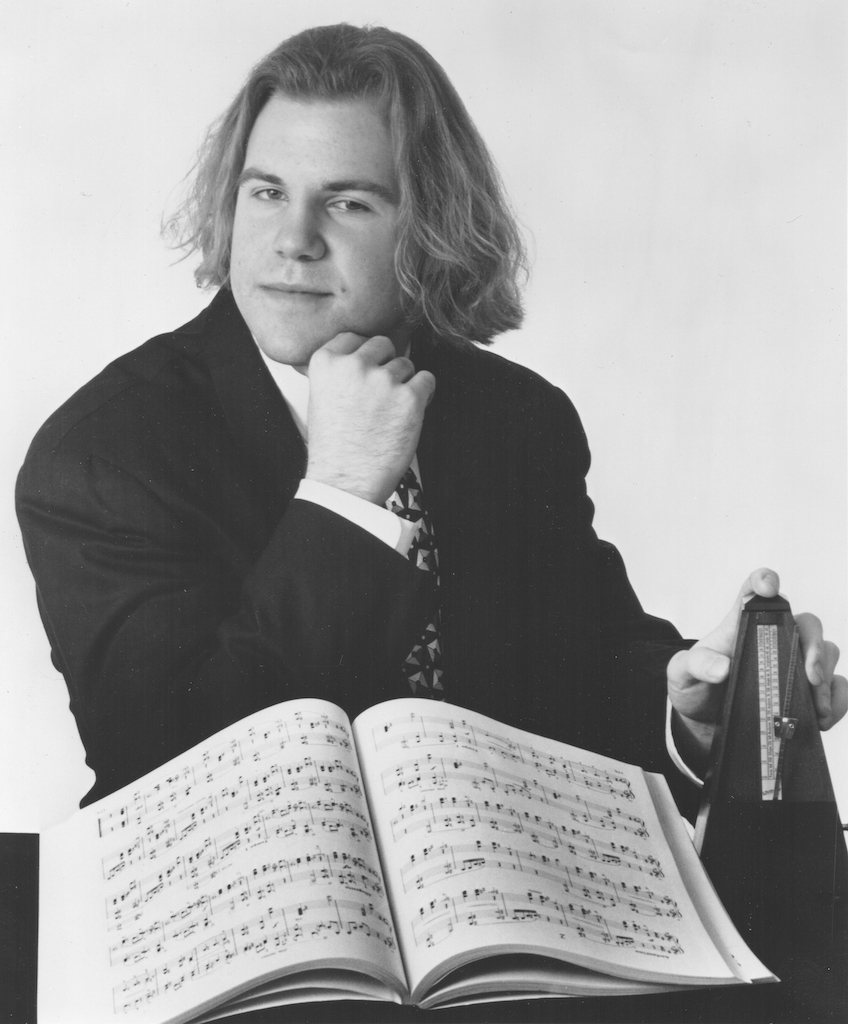
ST: Teaching has become a major part of your life. How has your experience as an educator, especially teaching English as a Second Language, influenced your music and artistic endeavours?
MG: Actually, it’s the other way around: my experience in music has influenced the way I teach. I take a fine-arts approach to education, creating my own teaching materials and using many of the same intellectual processes that I use in composing music. Additionally, I’ve taken to using songs as a means of improving students’ English. If teaching has taught me anything about music, it is that music is a universal language.

ST: Your solo stage show, The Face Zone, combines spoken word, projected artwork, and music. How do these different art forms complement each other in your performances, and what inspired you to blend them together?
MG: In my show, I perform spoken-word vignettes on a wide variety of topics, from politics to pop culture to the meaning of life. While I perform each piece, artwork is projected on a large screen next to me that relates to the piece. The show is called The Face Zone because each drawing includes a face of some kind—human, animal, alien, or abstract. The piano punctuates the set, giving the audience a pause from my voice and space to reflect on what I’ve said as they take a musical journey.
This complete vision came together gradually. During my hiatus from music, I needed something creative to do, so I started drawing. I noticed that most often I was drawing faces, so I decided to focus on that as my artistic theme. Eventually, I decided to come up with a poem, anecdote, or editorial to go with each drawing, which led to an illustrated book series. That, in turn, led me to start performing these pieces as spoken word with projected artwork. Finally, since I was on stage again, I got the idea to start adding my music into the show to create another dimension for the audience. The Face Zone and Trips for Piano can both stand on their own, but combining the two makes both even more impactful.

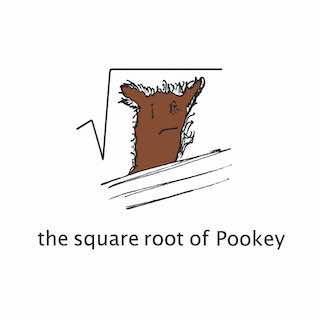
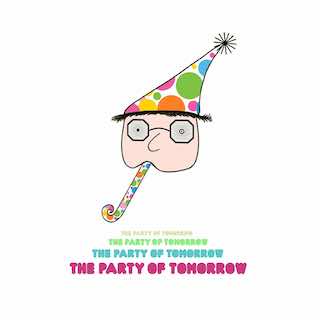
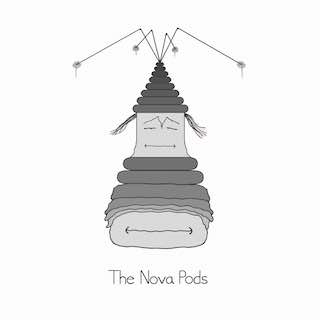


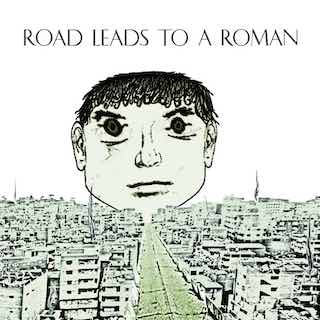
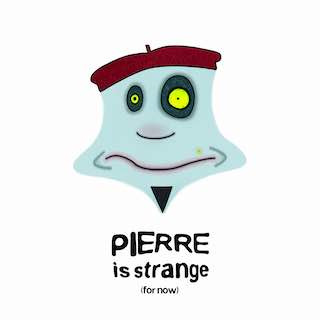
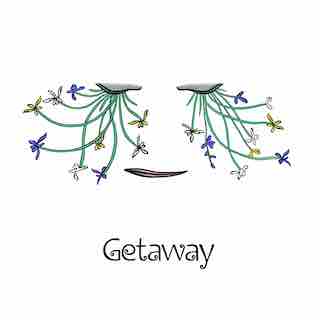


ST: Your return to the piano was significantly influenced by your father’s encouragement. Can you describe the emotions and challenges you faced as you started playing again after such a long break?
MG: I had been away from the piano for so long and had so much emotional baggage attached to it that I was initially fearful of sitting back down on the bench. At first, I felt great pressure, similar to what I felt while studying at university. Plus, I was a bit rusty and disoriented.
It all came back to me pretty quickly, however, and within a few months, it was almost like I had never left. In fact, because I was a more mindful adult at this point in my life, I was even better suited to make music than I had been back in school. It was like everything I had learned years ago was just waiting for the right moment to be of great use.
More than anyone, my father was most delighted to hear music emanating from my fingers again, and I am most grateful to him for giving me the final nudge to get back to the piano. After all, he was the one who, in my early childhood, got me turned on to music in the first place.

ST: Trips for Piano is described as a chronicle of your return to music. Could you elaborate on the themes and inspirations behind this album? How does it reflect your journey back to the piano and to yourself as an artist?
MG: When it comes to the piano, I’m essentially a storyteller. Most of my pieces have a narrative arc like you would find in a film soundtrack, but this is pure music with no lyrical or visual accompaniment; the pieces can stand by themselves to express the drama. For example, “Flowers Open” is about the promise of beauty slowly unfolding. “Laura” tone-paints the beautiful, resilient fire that is my wife. “After” is about the death of my mother. “Window Rain” takes the listener through a dramatic thunderstorm. Since my repertoire includes music from both before and after my hiatus, it chronicles my return to piano as my musical past meets the present toward the future.
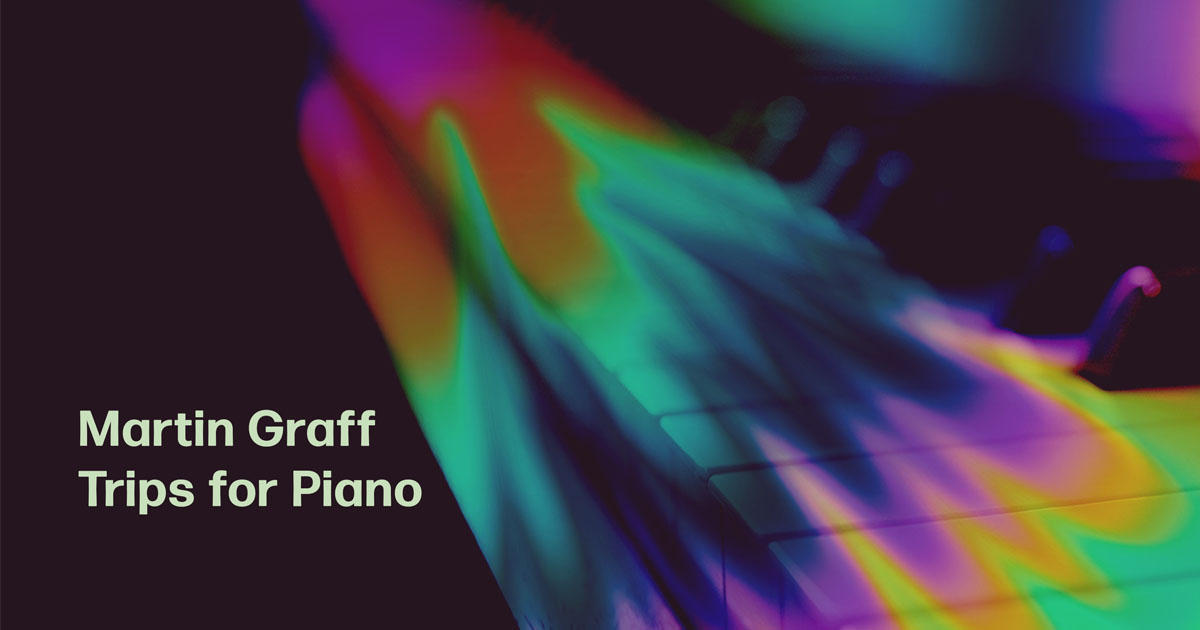
ST: Your music and performances are designed to move the soul and light the imagination. What do you hope listeners take away from your work, and how do you see your role as a composer and performer in engaging and inspiring your audience?
MG: While each of my pieces has a title and theme to guide the way, wherever the sound personally takes you is valid. I encourage the audience to interpret the music in their own personal way. My role as composer is to vibrate eardrums and touch hearts. Beyond that, it’s up to the listener to determine what each piece means to them. My general hope is that it’s some of the most beautiful music they’ve ever heard, that it engages their soul, and that they are compelled to revisit it, each time noticing new details and nuances to further light their imagination.
To explore more about Martin Graff’s multifaceted artistic endeavours, visit The Face Zone and listen to his musical journey in Trips for Piano.



